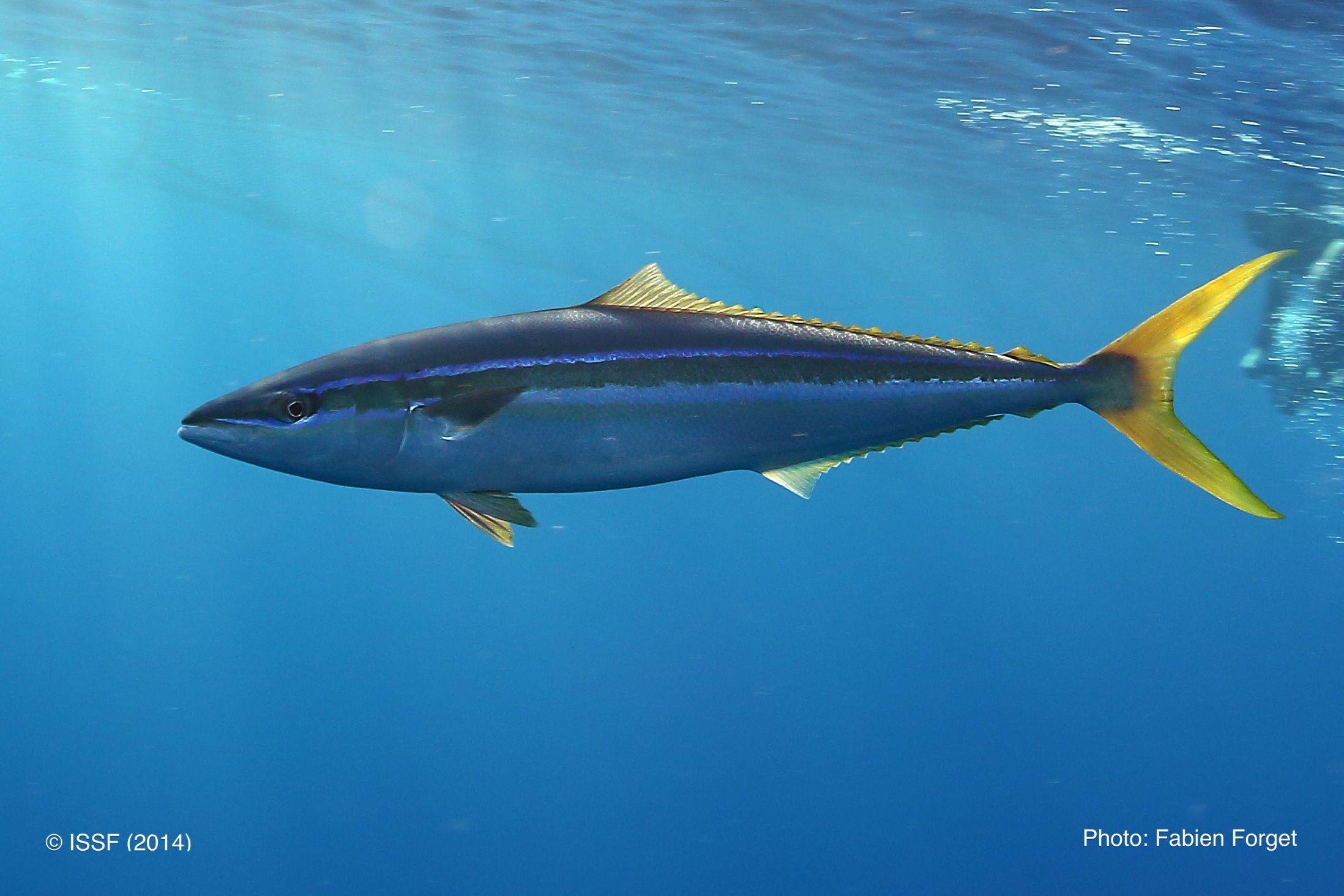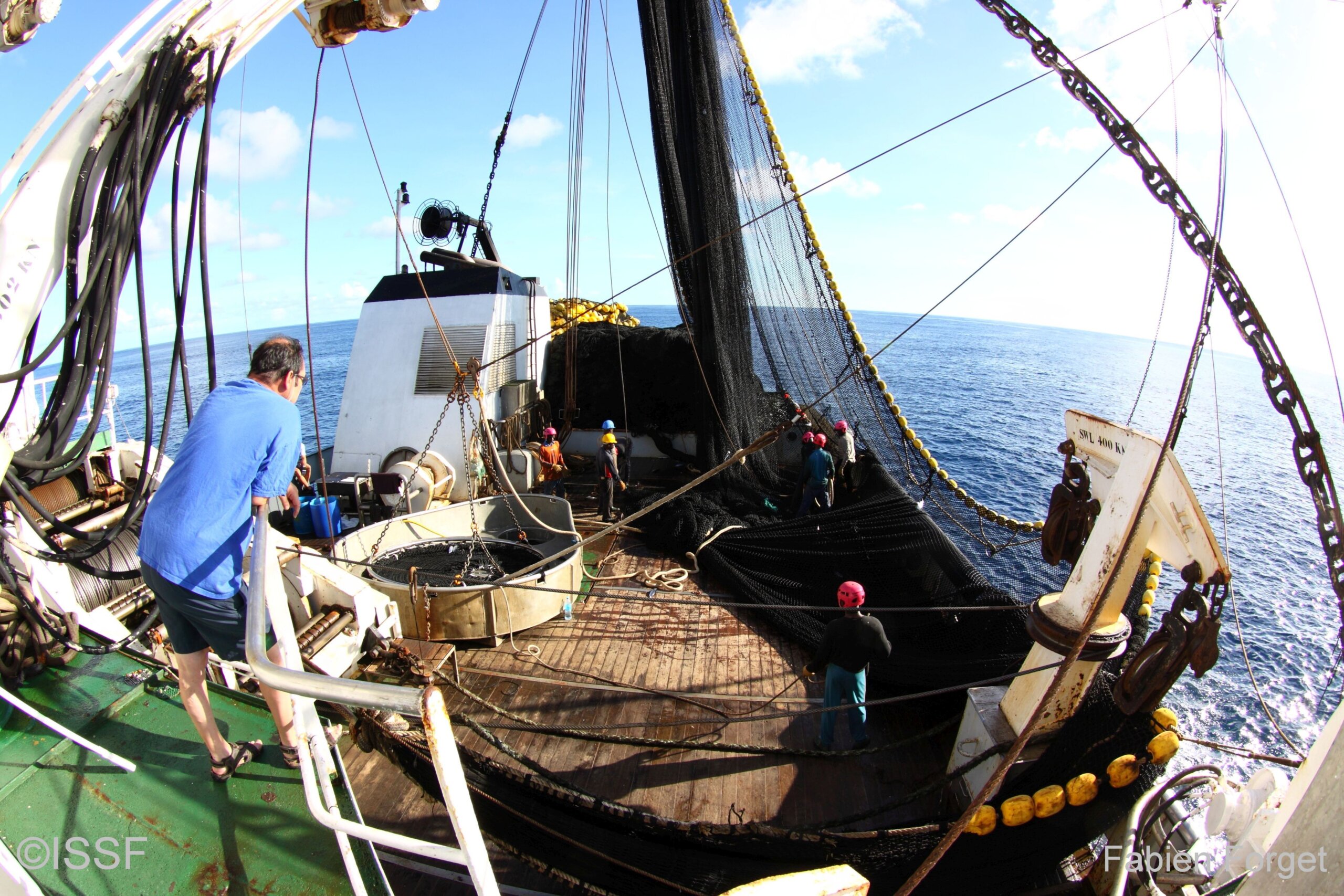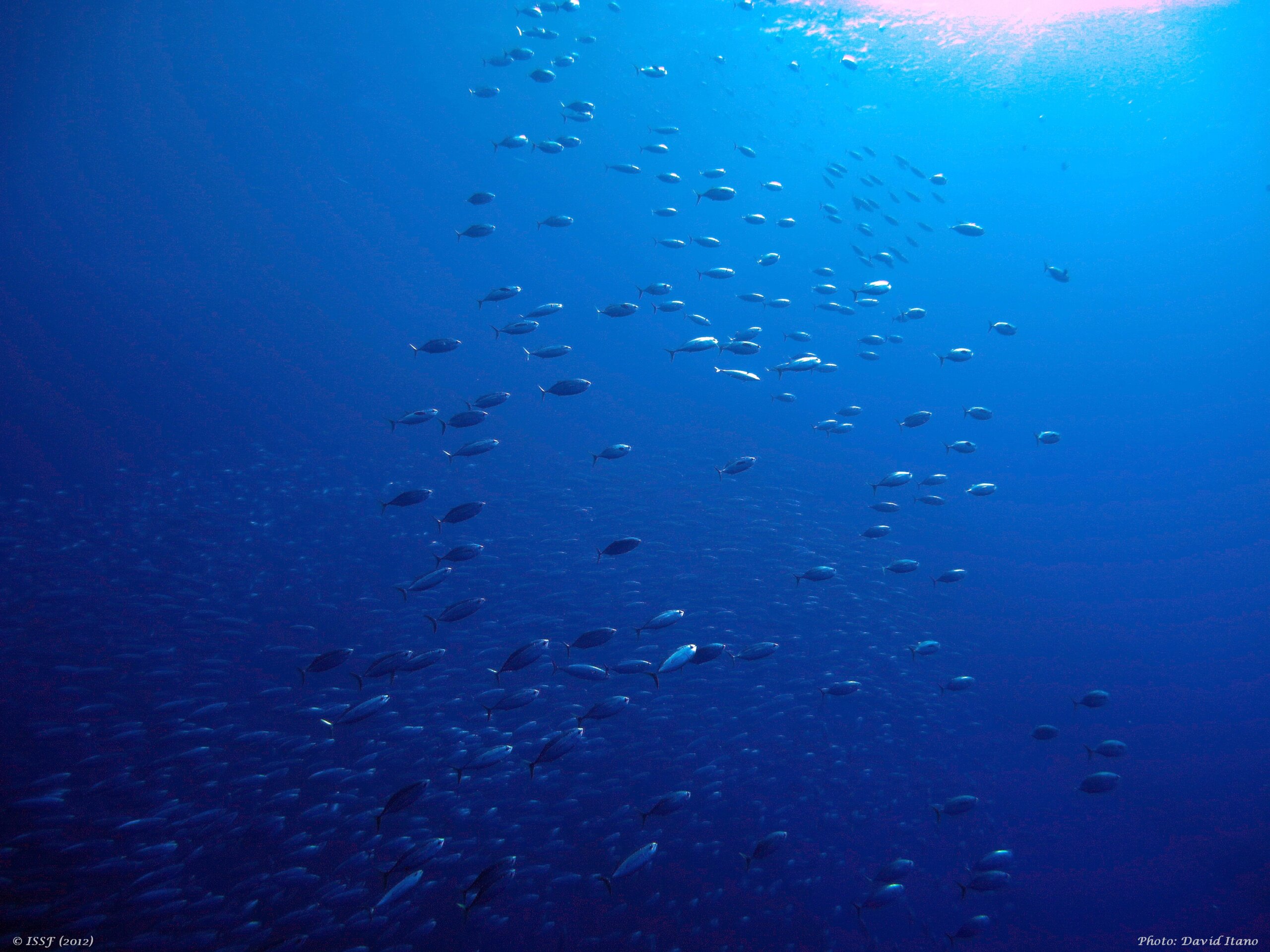
2015 Year in Review and New Year’s Resolutions
It is that time of year again. ISSF’s travel-weary staff is putting away the passports and suitcases and taking a breath to reflect back on a year of collective efforts in the tuna RFMOs, taking stock of what progress has been made, and making our list of priorities for next year (checking it twice, of course).
There are two areas that rise to the top which we believe deserve some recognition and applause. So, with no further ado, let’s recap.
Three out of four of the tuna RFMOs took steps forward, some more progressively than others, in the area of harvest strategies, which include target and limit reference points and harvest control rules (HCRs). HCRs are essentially pre-agreed upon action plans for avoiding overfishing or for rebuilding an overfished stock that prevent long negotiations leading to delayed action or inaction.
- ICCAT. At its November meeting, the ICCAT Commission adopted a process for developing HCRs and the use of Management Strategy Evaluations for priority species. ICCAT also adopted a more specific proposal to advance HCR implementation for the North Atlantic albacore stock. We are hopeful that the development of an HCR for Northern albacore will serve to guide work on other ICCAT stocks, such as bigeye tuna that needs a harvest strategy framework in place so that once the stock is rebuilt, overfishing does not happen again in the future.
- WCPFC. At its December meeting, the WCPFC Commission adopted a target reference point for skipjack tuna (the Commission has already adopted an interim limit reference point for skipjack tuna), which will also be used to develop a harvest control rule and harvest strategy. The Commission also adopted a conservation measure that sets out a two year work plan with timeframes for developing harvest strategies for skipjack, bigeye, yellowfin, south Pacific albacore, Pacific Bluefin and northern Pacific albacore tunas.
- IOTC. There was further incremental progress made toward the establishment on reference points at this year’s IOTC annual session. The Commission agreed – in cases where robust MSY-based estimates are not available – that proxies based on biomass depletion models be used to provide advice and recommendations on the status of IOTC species. The Commission adopted a resolution that paves the way for significant steps in future years including through the ongoing Science-Management Dialogue, which continues to increase understanding and awareness of the use of harvest control rules in fisheries management in the Indian Ocean.
ISSF is pleased with this progress. And while we would prefer swifter action, we remain optimistic that this year’s work and debate signals a strengthened willingness of RFMO members to adopt and implement harvest control rules for all covered tuna species in the near term.
FAD Management
In 2014, WCPFC and ICCAT created special FAD working groups to assess the use of FADs in tropical tuna fisheries, developments in FAD technology, the collection of additional FAD data, FAD marking and identification, FAD monitoring, tracking, and control, and to identify management options. IOTC and IATTC followed suit this year and established such a FAD working groups. The WCPFC and ICCAT working groups met in person this year and came up with a series of recommendations and research plans. In the WCPFC, the recommendations included: a consultancy to explore options for FAD marking and the need for vessel operators to report certain FAD data (i.e., FAD design and construction of FADs to be deployed or encountered, materials, electronics, size etc. and FAD activity, e.g. deploying, retrieving, setting, visiting, loss etc.).
In ICCAT, the recommendations included: that all fleets provide detailed information on FAD operations so as to be able to estimate the overall impact of FADs; that measures of fishing capacity for purse seiners be reviewed given increases in fishing power related to technology improvements and number of vessels; that the term “association” in baitboat/purse seine fisheries be defined; that all purse seine fleets aim to achieve 100% observer coverage; and that FAD management plan requirements and data reporting be harmonized across tuna RFMOs.
The work of the WCPFC and ICCAT working groups will continue next year. IATTC’s working group began its work in earnest in the last few months – via an electronic discussion platform – and the IOTC’s working group is to commence its work in 2016. We look forward to reviewing the progress of theses working groups, and their additional FAD recommendations next year.
Our 2016 To-Do List – We have our sights set high
Each tuna RFMO also finishes out the year with some lumps of coal in their stockings. A number of important management measures did not progress in 2015, and so they’ll remain on our priority list into 2016. Here are the areas we’re pushing for action on in 2016, RFMO by RFMO:
- In IOTC: Requiring fishing gears other than purse seine vessels to retain their tuna catches; requiring 100% observer coverage year round for large-scale purse seine vessels; adopting a best practice regional VMS program; prohibiting the catch and retention of vulnerable hammerhead and silky sharks; and ensuring that longline fleets meet the IOTC mandated level of observer coverage.
- In ICCAT: Requiring 100% observer coverage year round for large-scale purse seine vessels and full retention of all tuna catches; prohibiting intentional purse seine sets on whale sharks; further reforming its VMS program; assessing key shark species so that catch or effort limits, reference points and HCRs can be established for them; and ensuring that longline fleets meet the ICCAT mandated level of observer coverage.
- In IATTC: Effective capacity management by reducing the number of vessels authorized to fish for tuna in the eastern Pacific, as the current capacity exceeds the target level; the adoption of a more complete HCR that takes the limit reference points into account; enhancing the transparency of its compliance process; further reforming its VMS program; and ensuring that longline fleets meet the IATTC mandated level of observer coverage.
- In WCPFC: Ending overfishing of bigeye tuna by reducing fishing mortality via the adoption of a simple and enforceable CMM with no exemptions or optional clauses; increasing the transparency of chartering and joint venture arrangements; addressing implementation issues in the transshipment measure; increasing the transparency of the Compliance Monitoring Scheme by allowing accredited observers access to the working group meetings and making member plans for addressing identified non-compliance public; and ensuring that longline fleets meet the WCPFC mandated level of observer coverage and data reporting obligations.
Globally speaking, we will continue to focus on science-based and enforceable tuna conservation measures; FAD management and the use of non-entangling FAD designs; fishing capacity management; the development of graduated responses to non-compliance and transparency in RFMO compliance processes; bringing RFMO programs – such as observer and VMS — up to best practice; strengthening RFMO IUU Vessel List processes, and science-based bycatch mitigation and shark management.
Thanks to all our partners and supporters for the great work in 2015. We look forward to working with you again in 2016 – it will be another big year. The ISSF team will continue to offer assistance and recommendations to all tuna RFMO members and stakeholders on these and other issues. As always we continue to work to support strengthened conservation and management of the world’s tuna fisheries on which so many communities and nations depend. Why? Because Fish Matter.


